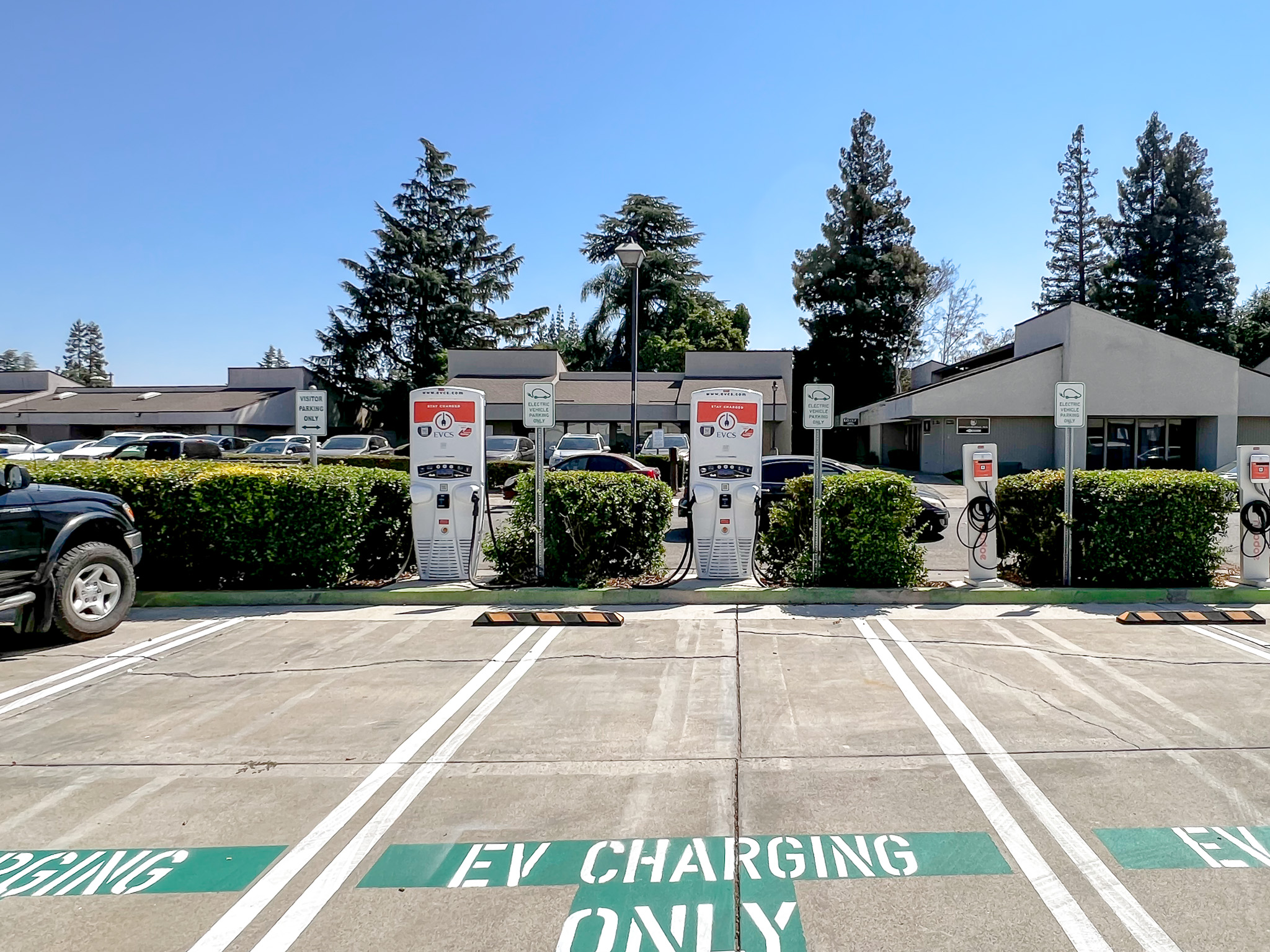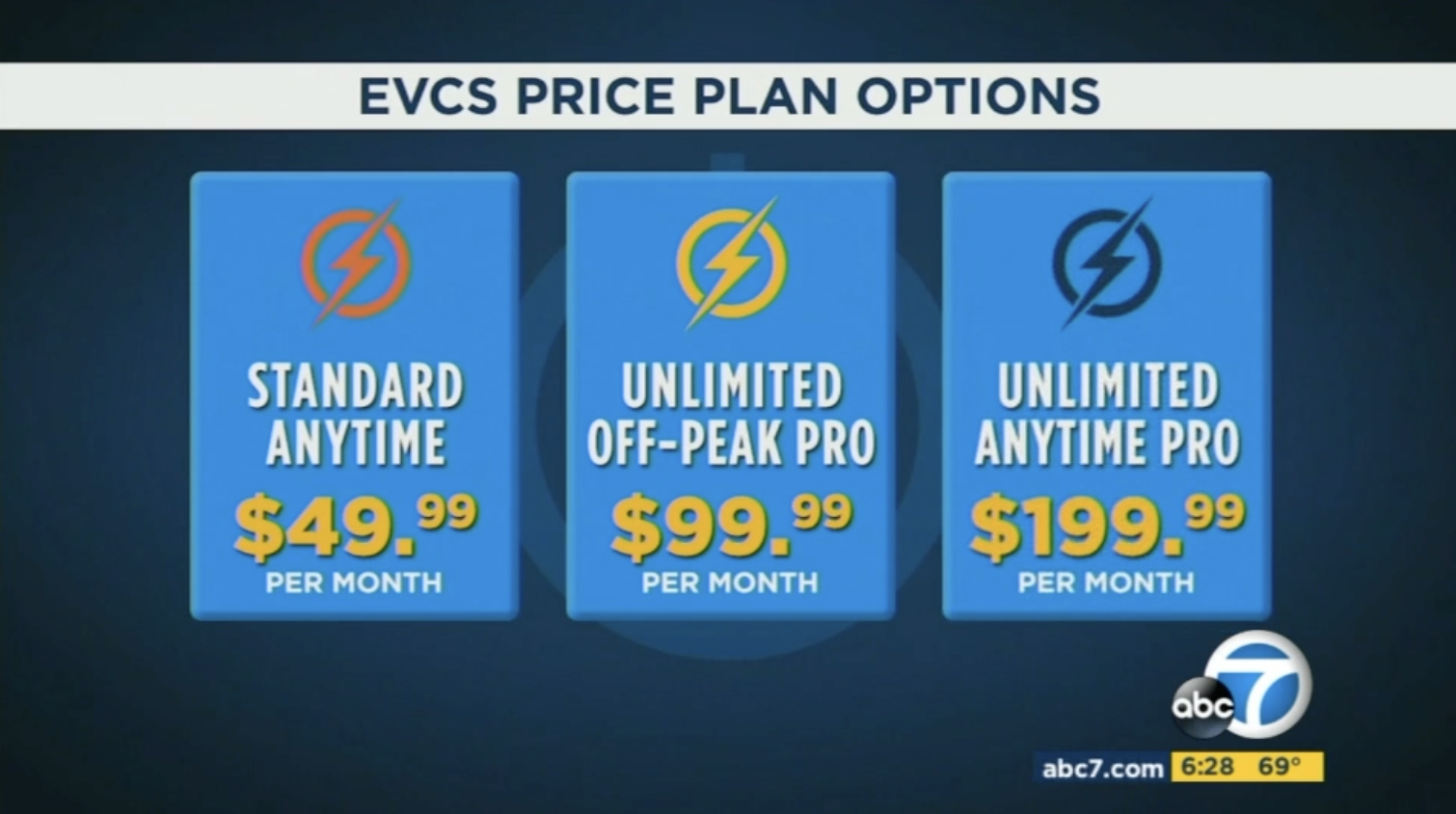8 Reasons Charging Speeds May Differ
As one of the country’s premier installers of EV infrastructure, we’re often asked by clients why vehicle charging speeds tend to differ so dramatically. The answer is… there is no one answer. In fact, reasons can be diverse and complex. Below, we summarize several factors that may be affecting your charging speeds. The more you understand about these factors, the better prepared you’ll be to maximize your rate of charging while protecting your vehicle’s longevity.
READ MOREEVCS Makes Hosting Chargers Easier Than Ever
Site hosts are an integral part of the EV revolution. They are the supermarkets, restaurants, hotels, gyms, office buildings, movie theaters, parking lots, retail stores and municipal properties – among others – that install and accommodate EV chargers for public use. Without these green warriors, progress would not be possible. Every day, we’re hard at work educating potential new site hosts on 1) how simple it is to have our chargers installed and 2) the key benefits of doing so. However, with so many still unaware, we thought we’d take a moment to summarize both the process and the perks!
READ MOREHow EVCS is Addressing the Surging Demand for EVs
The EV world has much to celebrate this year. It seems we’ve reached a turning point. While the overall number of new vehicles sold in America between Q2 2021 and Q2 2022 slumped by 20%, EV sales during that same period jumped over 66%, according to figures released by Cox Automotive. This comes on the heels of a larger global trend, with worldwide EV shipments up 79% year over year.
READ MOREABC7 Interview with EVCS: Making the switch to an EV? This company uses subscription pricing to ease cost at charging stations
LOS ANGELES (KABC) -- With lots of electric cars already on the road, and potentially millions more to come, one of the related issues is charging infrastructure. Can it work?
READ MOREThe Race to Democratize Charging Infrastructure
According to McKinsey & Company, “As the number of EVs on the road increases, annual demand for electricity to charge them would surge from 11 billion kWh now to 230 billion kWh in 2030… Modeling indicates that nearly 30 million chargers would be needed to deliver so much electricity in that year. While most of these chargers would be installed at residences, 1.2 million would [need to] be public chargers.” More importantly, these public chargers must be targeted to drivers of all ages, genders, races, cultures, income levels and geographic segments. As such, EVCS has identified three primary areas necessary to increasing the democratization of charging infrastructure:
READ MORE.svg)
.svg)

.svg)












